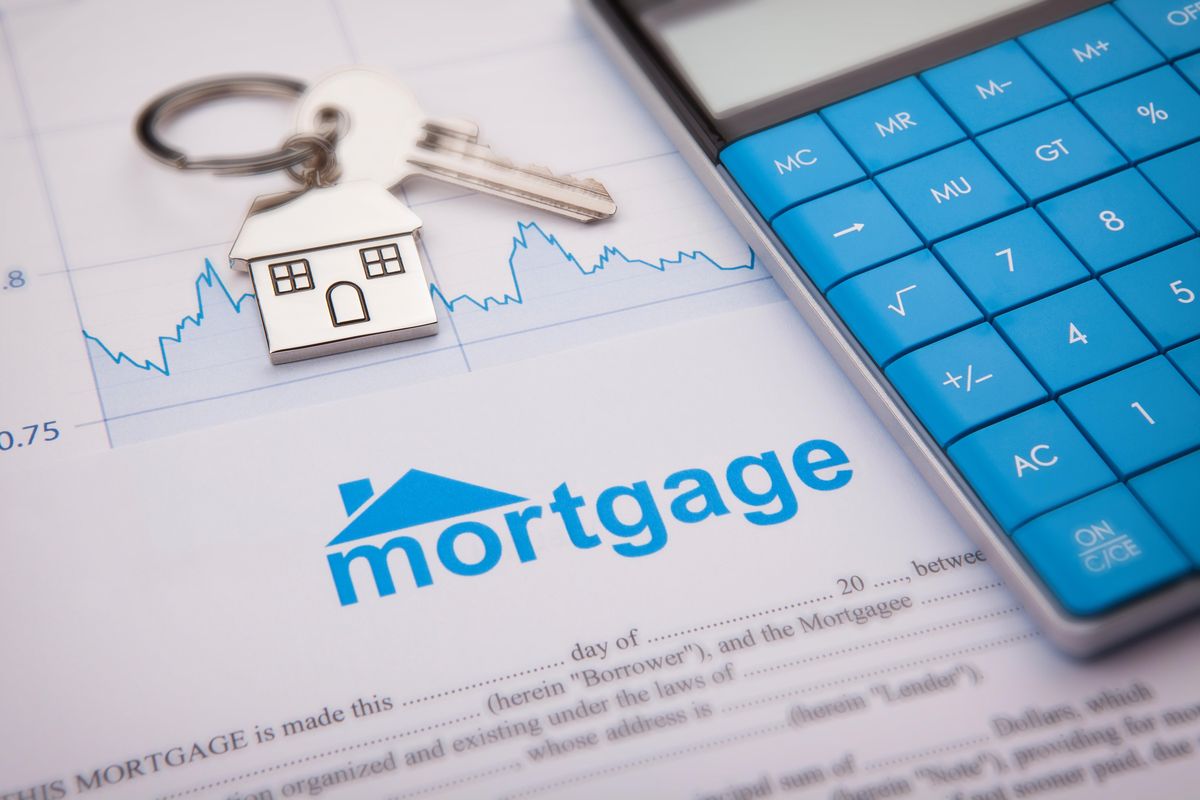Mortgage forbearance requests were up to nearly 2,000 percent in the second half of March. The Mortgage Banker Association (MBA) expects deferral request to keep increasing manifold. Sixteen million Americans filed for unemployment claims in the past three weeks. For those recently laid-off or furloughed workers, having the option to delay mortgage payments for up to 12 months is an excellent reprieve.
The Forbearance of Residential Mortgage Loan Payments is the provisions from the Coronavirus Aid, Relief, and Economic Security (CARES) Act that lets homeowners who are experiencing trouble making their mortgage payments to delay them up to 12 months.
CARES Act does not stipulate how the loan will be modified after the 12 deferrals and address how homeowners’ insurance and taxes have to be handled. Homeowners could end up losing their home if the loan is not correctly modified after the deferral period.
Escrow Property Taxes and Home insurance
Many borrowers escrow their property taxes and homeowner’s insurance; their mortgage servicer holds funds to pay property taxes and insurance annually on their behalf.
Your mortgage servicer is the company that sends your mortgage statements. Escrowing is required or optional depends on the types of mortgage products you have. For example, it is optional to escrow property taxes and insurance if you get a conventional mortgage loan and required for VA, FHA, and USDA mortgage loans.
Twelve months mortgage payment reprieve is excellent, but soaring foreclosures might end up being the unintended consequence of all those mortgage forbearance requests.
Mortgage Payments Explained
Let’s say you bought a home for $349,000 at 3.782% and put 20% down ($69,800) in West Palm Beach, FL, your principal, and interest payment would be around $1,298.
According to Zillow, your estimated property taxes and homeowners’ insurance would be $343 and $122 per month, respectively. Your total monthly mortgage payment would be $1,763 ($1,298+$343+$122)
Under the CARES act, if COVID-19 impacts you, you can delay up to 12 months of your principal and interest payment ($1,298). The law does not have any language regarding the $465 ($343+$122) that you are obligated to send to your mortgage servicer each month to cover your property taxes and homeowners’ insurance.
Here’s How You Can Lose Your Home
When you are paying your taxes and insurance through escrow, your mortgage servicer will continue paying your property taxes and insurance even if you stop making payments. Unpaid property taxes can lead to the sale of your home.
12-Months Later Forbearance Ends
At the end of your 12-month forbearance, you will be $21,156 (($1,298+$343+$122) behind of principal, interest, property taxes, and insurance. Your servicer will most likely modify your loan and add the past due principal and interest of $15,576 ($1,298*12) at the backend of the loan. However, you will have to pay up the past due escrow amount as soon as possible.
If you can’t pay the past due property taxes and insurance $5,580 (343+$122) x12) obligation in a lump sum, the servicer will let you pay the deficit amount over 12 months interest-free.
At the same time, they will conduct an escrow analysis and forecast future tax and insurance obligations. Past due and future tax and insurance obligations might increase your monthly mortgage payment from $1,763 to $2,228 (principal + interest-$1,298, past due escrow-$465, and future escrow-~$465) for the next 12 months.
If the economy gets the V-shape recovery that the economists are forecasting, homeowners might be able to afford to make the higher monthly mortgage payment. V-shape recovery is a sharp decline in economic metrics such as unemployment rate and gross domestic product (GDP) followed by a sharp rise back to its previous peak.
Still Want to Request a Mortgage Forbearance
COVID-19 exacerbates the economic suffering of Americans, especially the middle class. They were battling affordable housing, high costs of education and healthcare, and stagnant wages. Therefore, mortgage forbearance, despite its risk, can alleviate borrower’s economic anxiety.
To get the 12-month deferral, your mortgage has to be backed by the federal government. In essence, this includes FHA, VA, USDA, Fannie Mae, and Freddie Mac loans. Please check here and there to see if Fannie Mae and Freddie Mac own your mortgage, respectively. Most non-federal back mortgage lenders are giving 90 days deferral.
The Bottom Line
The Forbearance of Residential Mortgage Loan Payments provision from the Coronavirus Aid, Relief, and Economic Security (CARES) Act is a thoughtful one. A couple of weeks after the government ordered Americans to stay home and practice social distancing, borrowers overwhelm lenders with requests to delay mortgage, auto loans, and credit card payments.
If you are going to delay your mortgage for 12 months, you need to continue paying your property taxes, insurance, and HOAs. Otherwise, a foreclosure might be the ultimate unintended consequence of the Forbearance of Residential Mortgage Loan.
